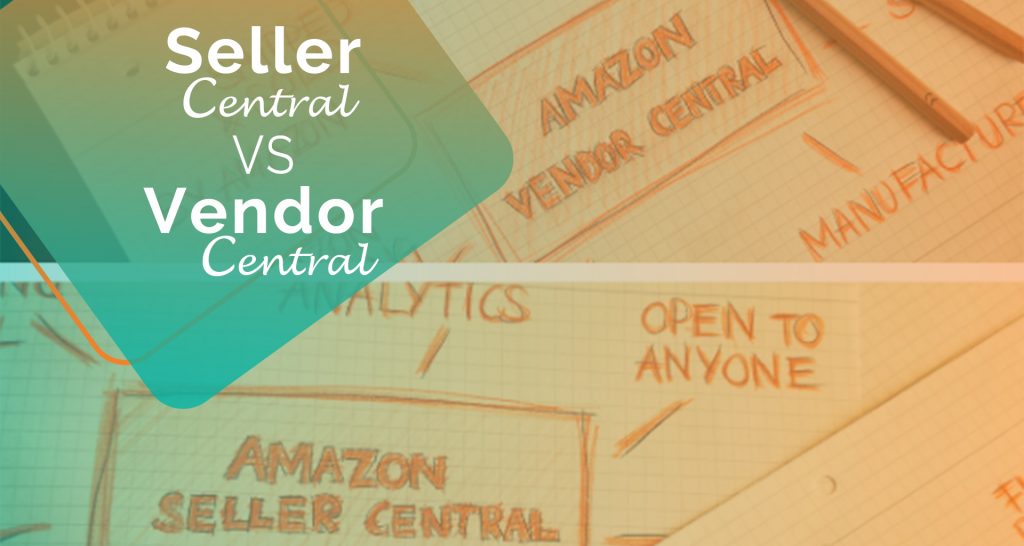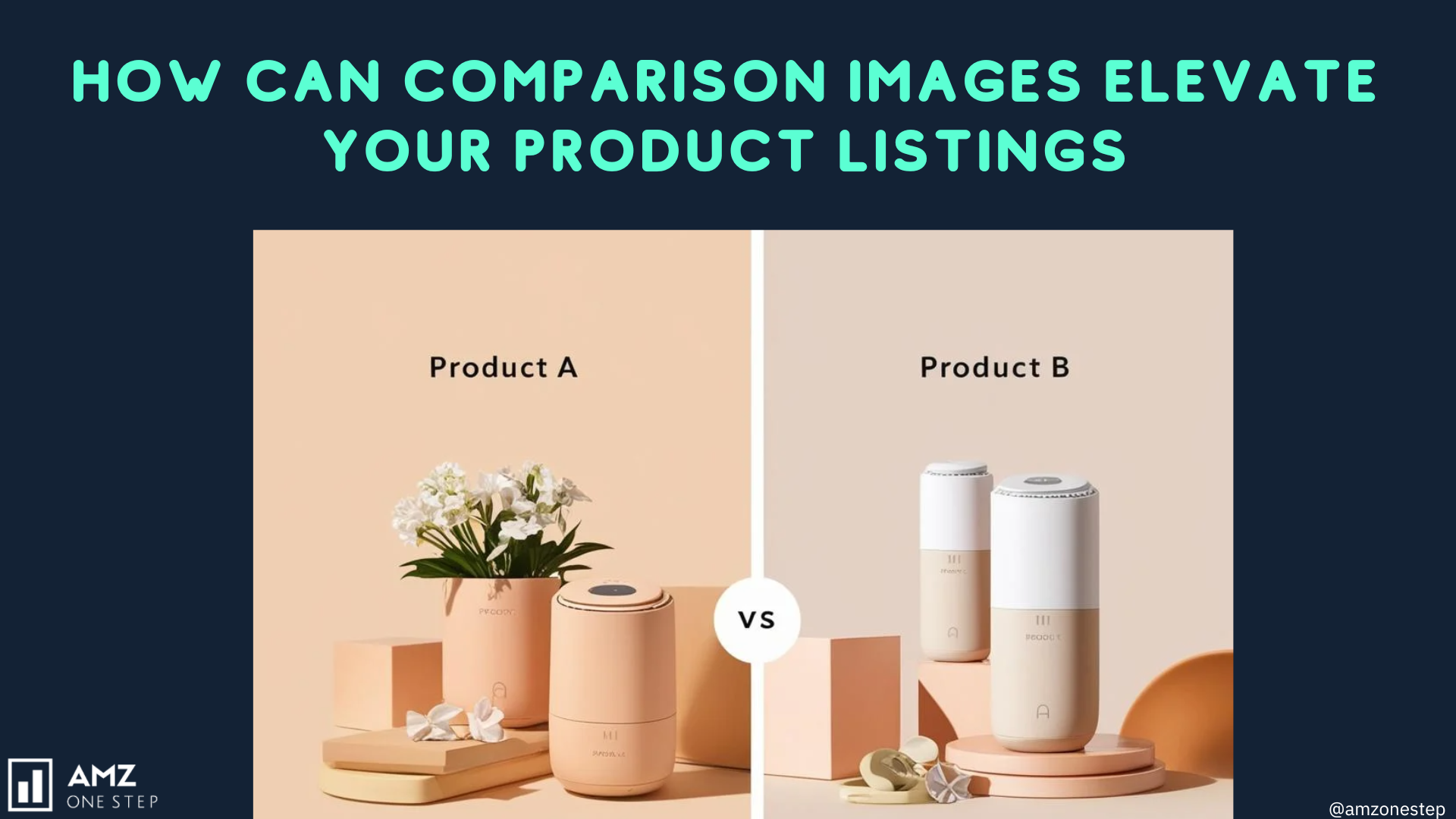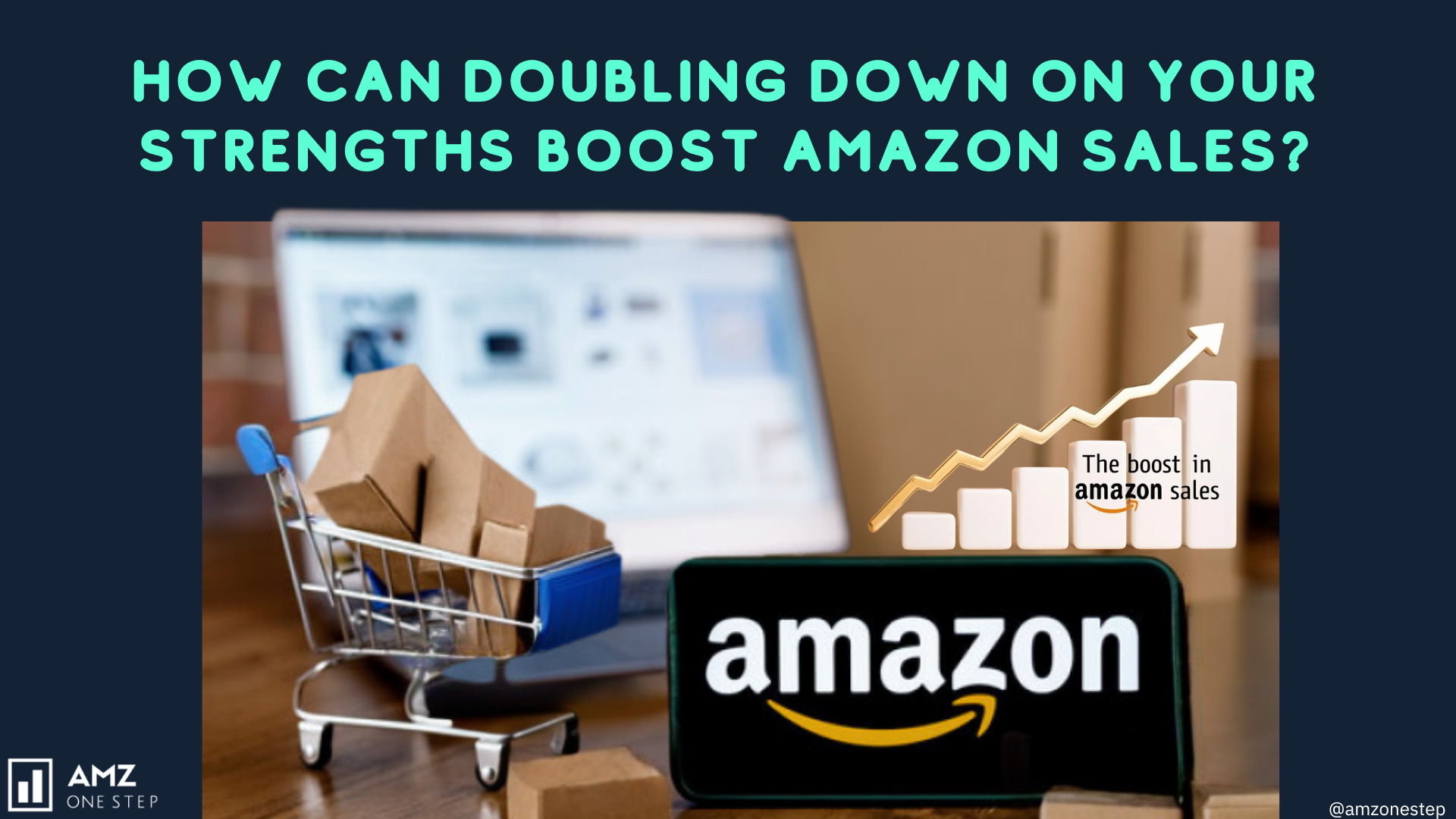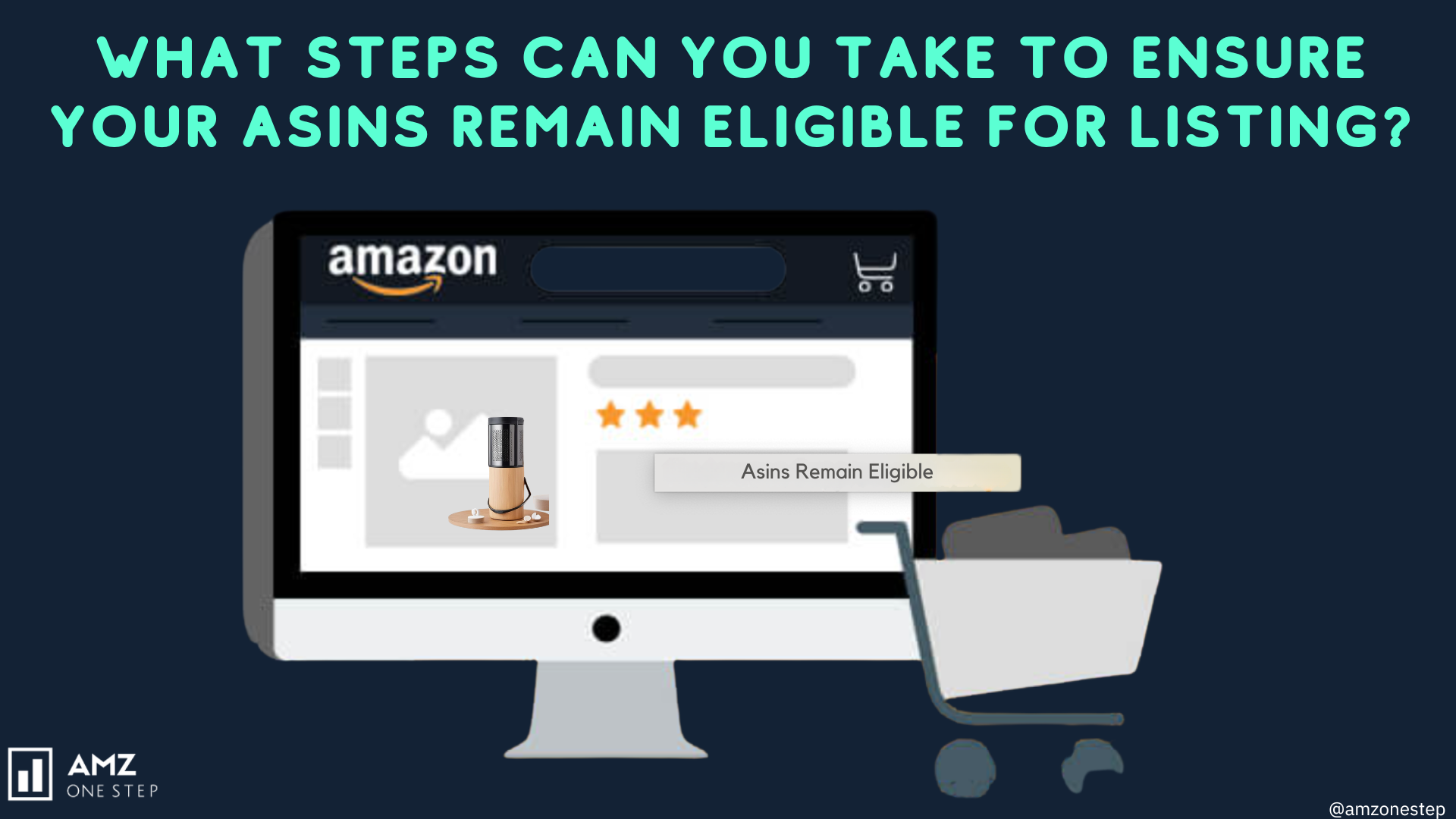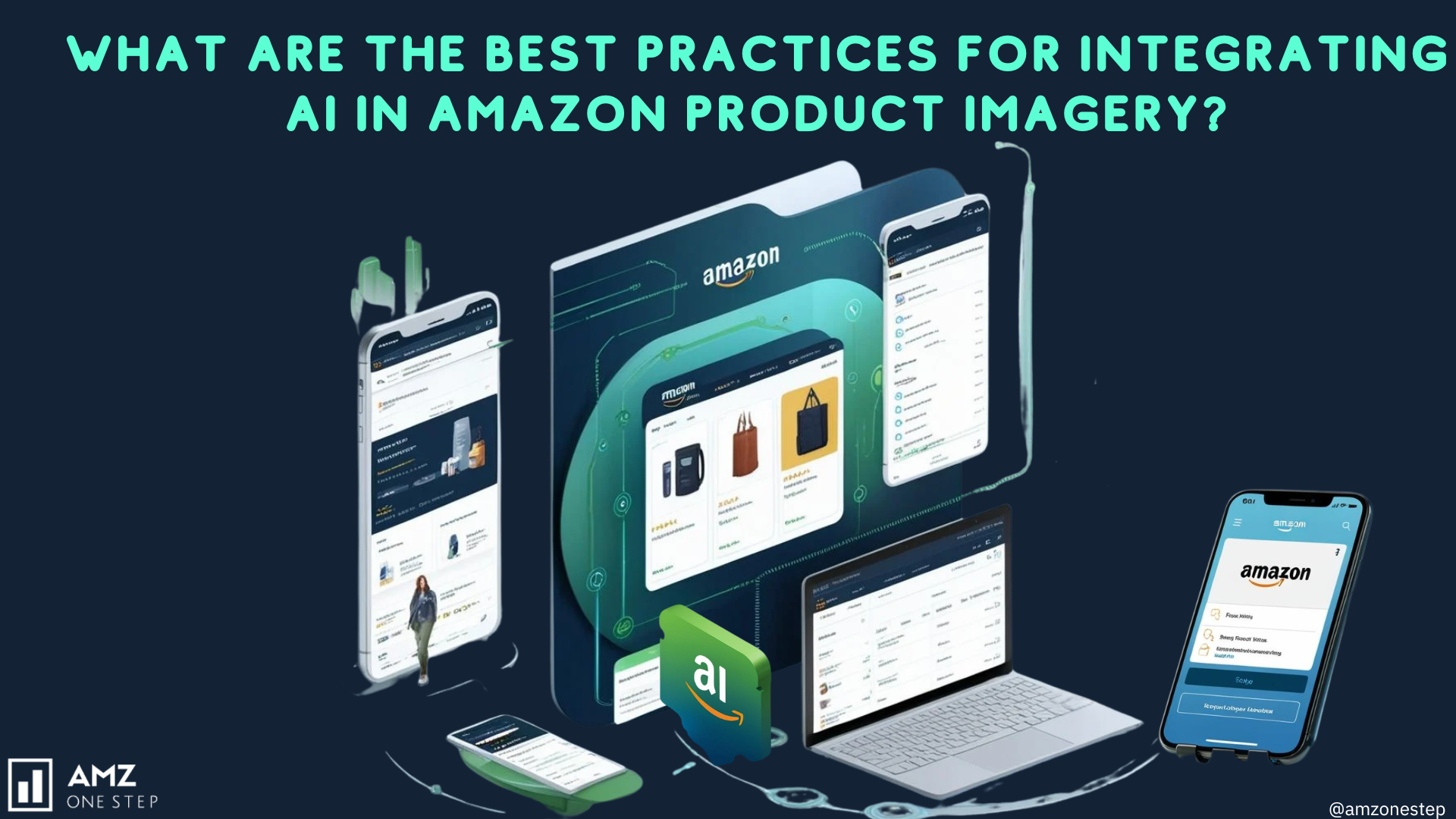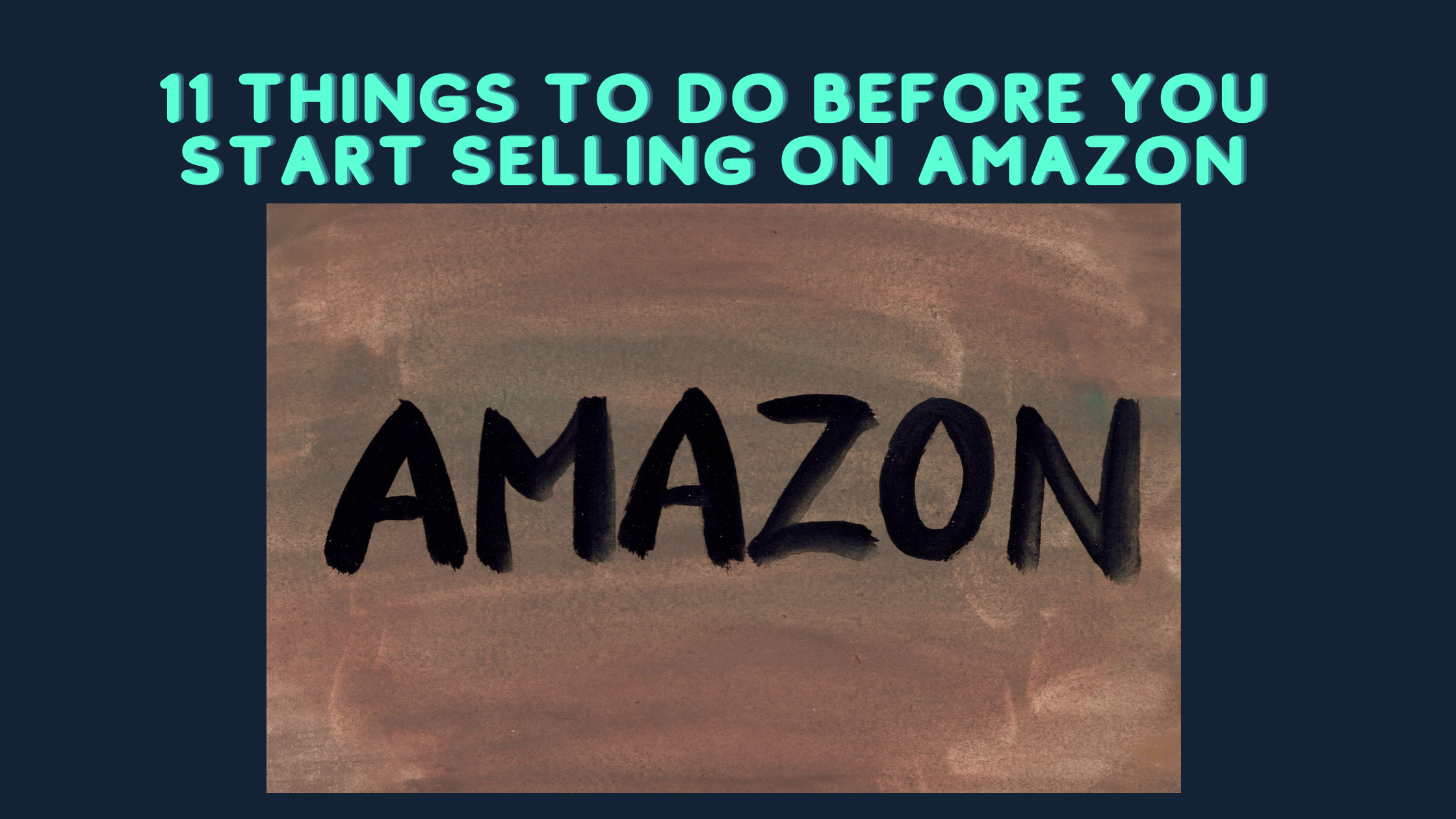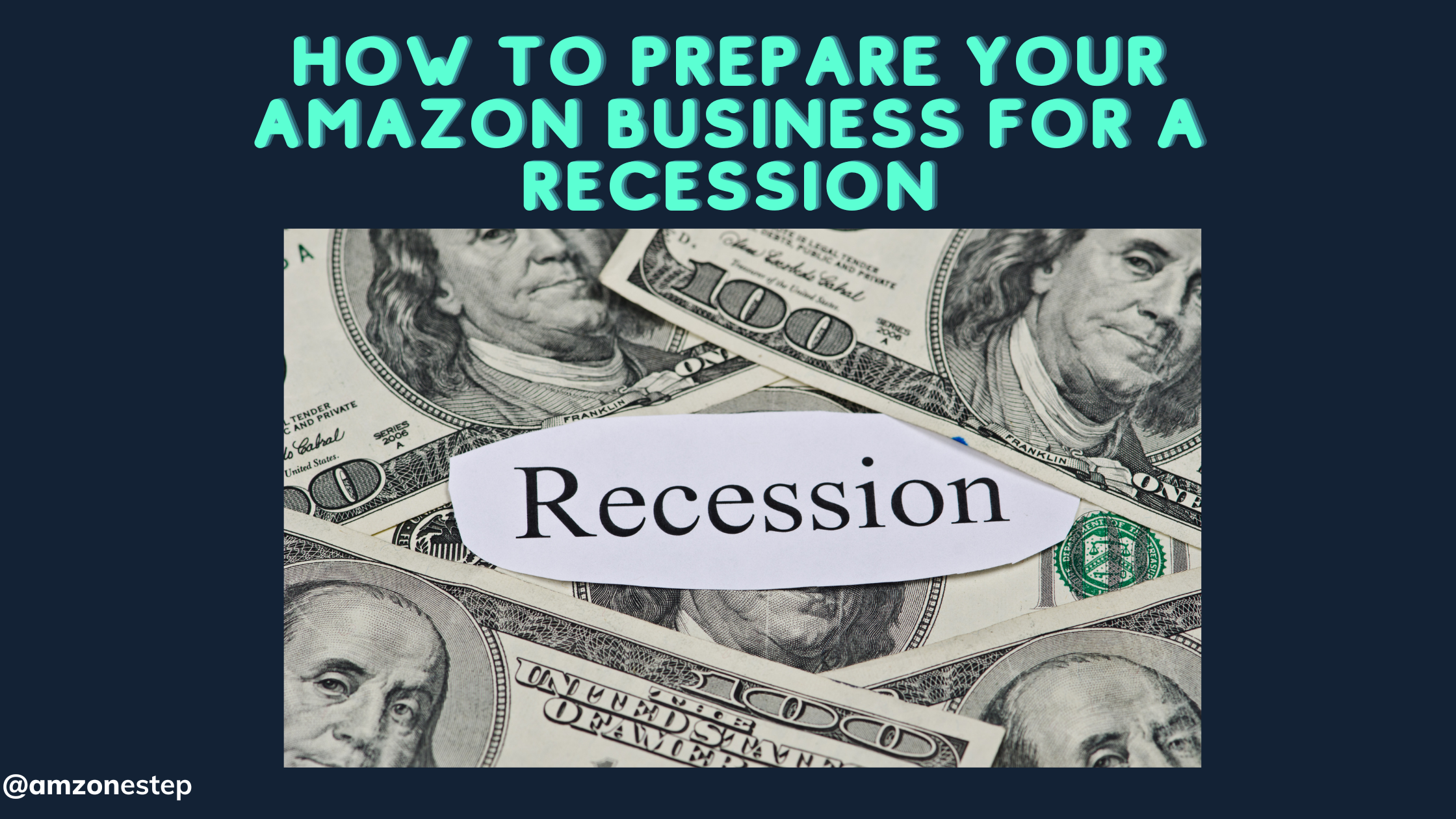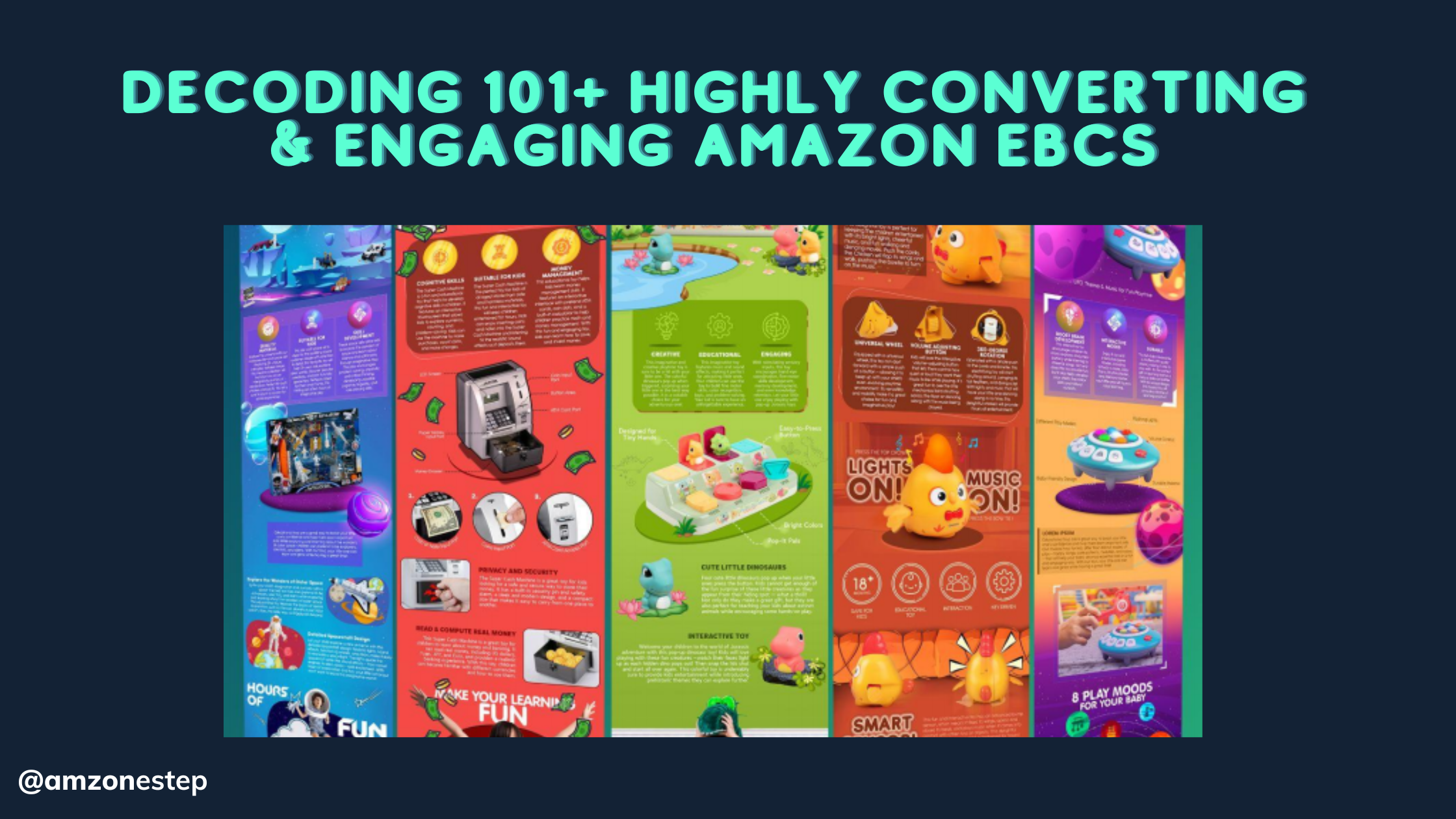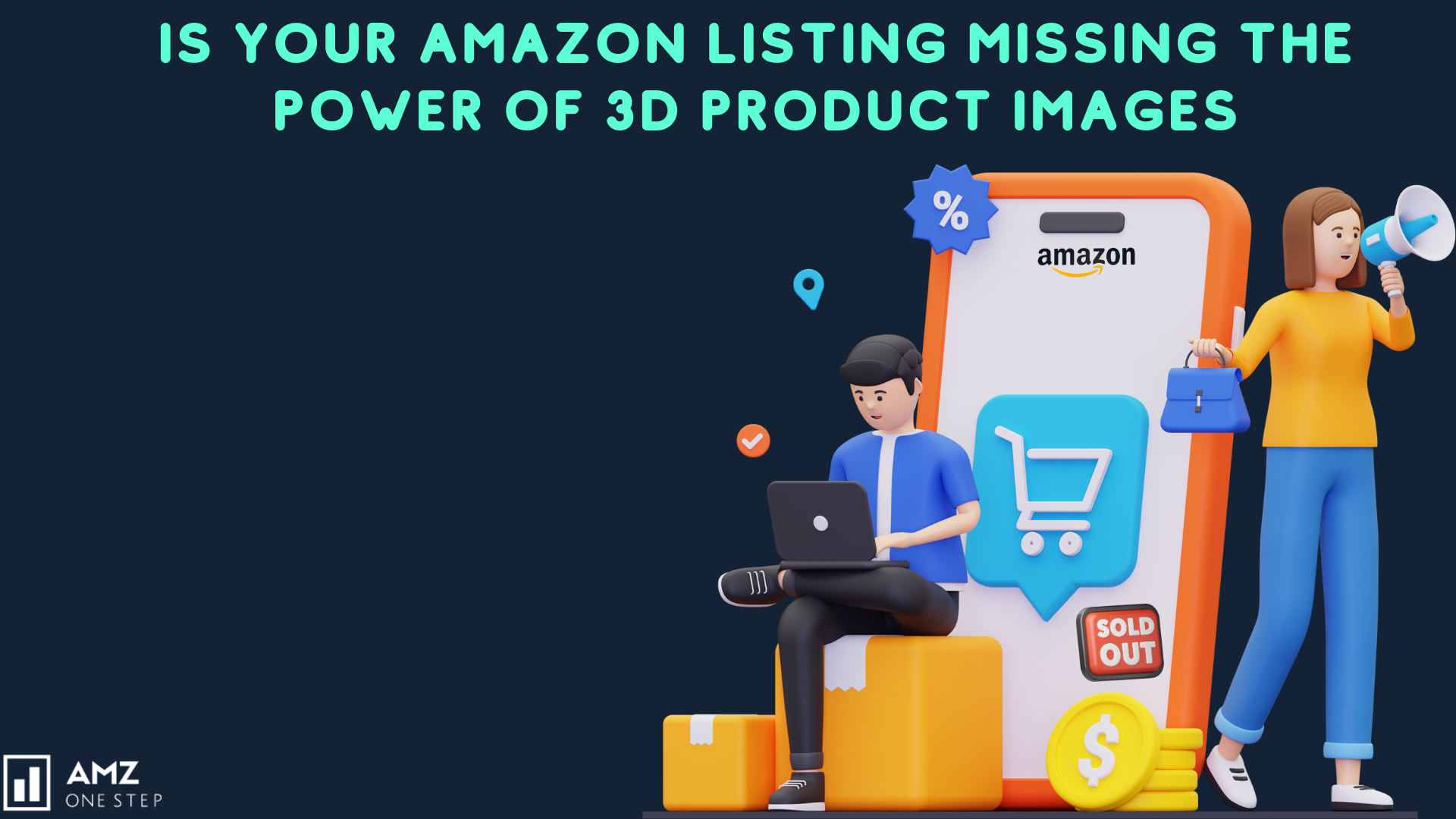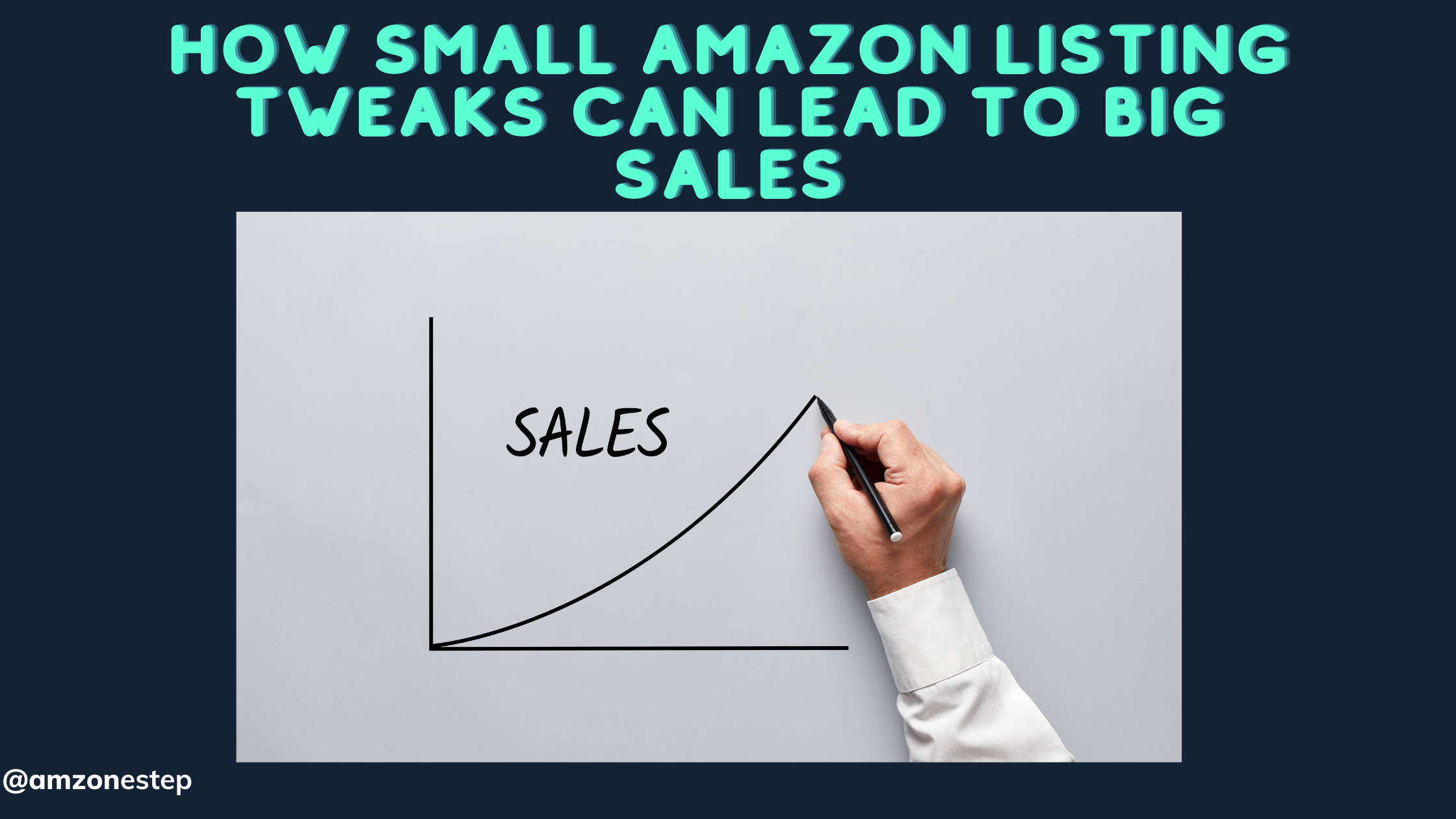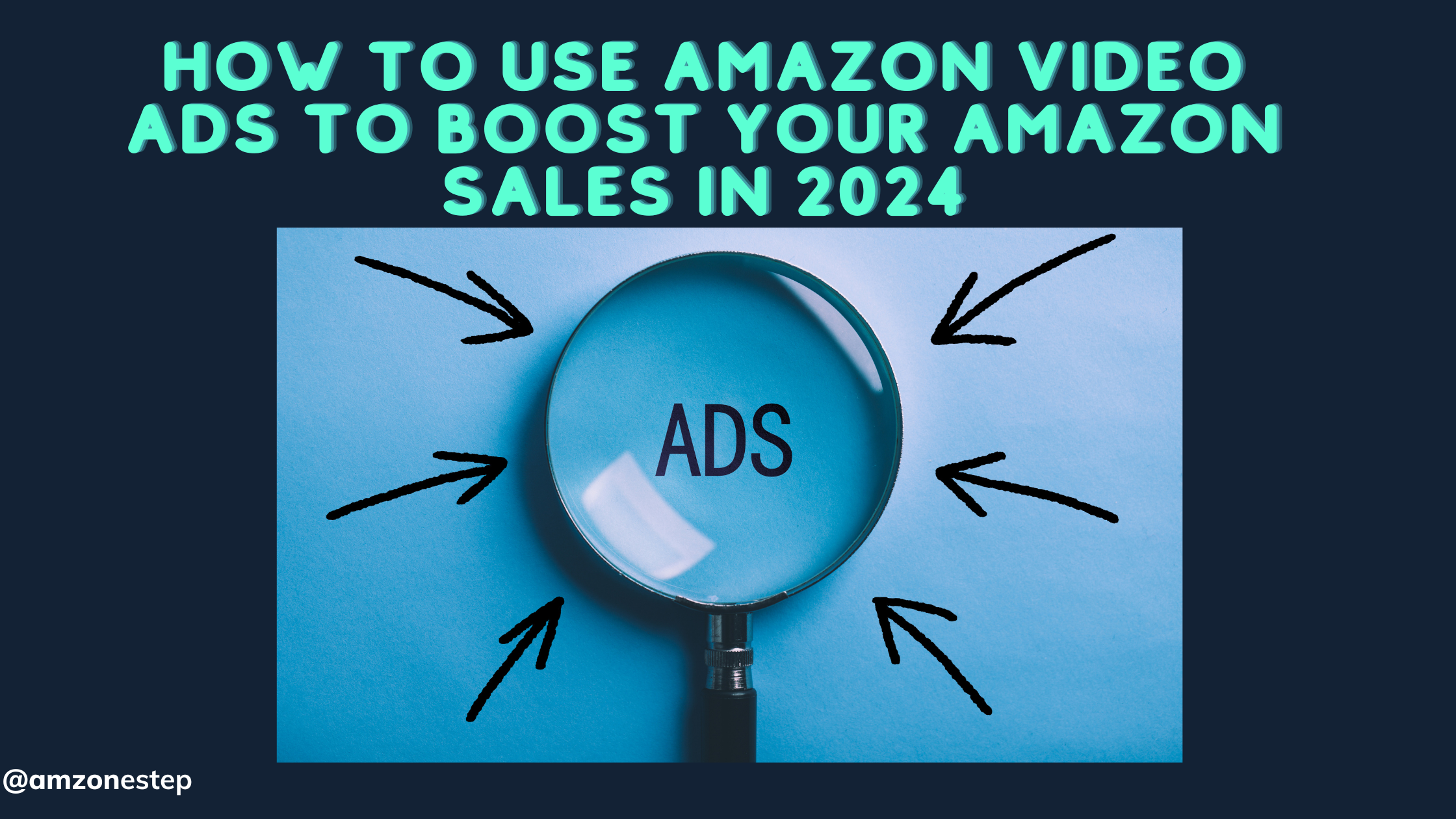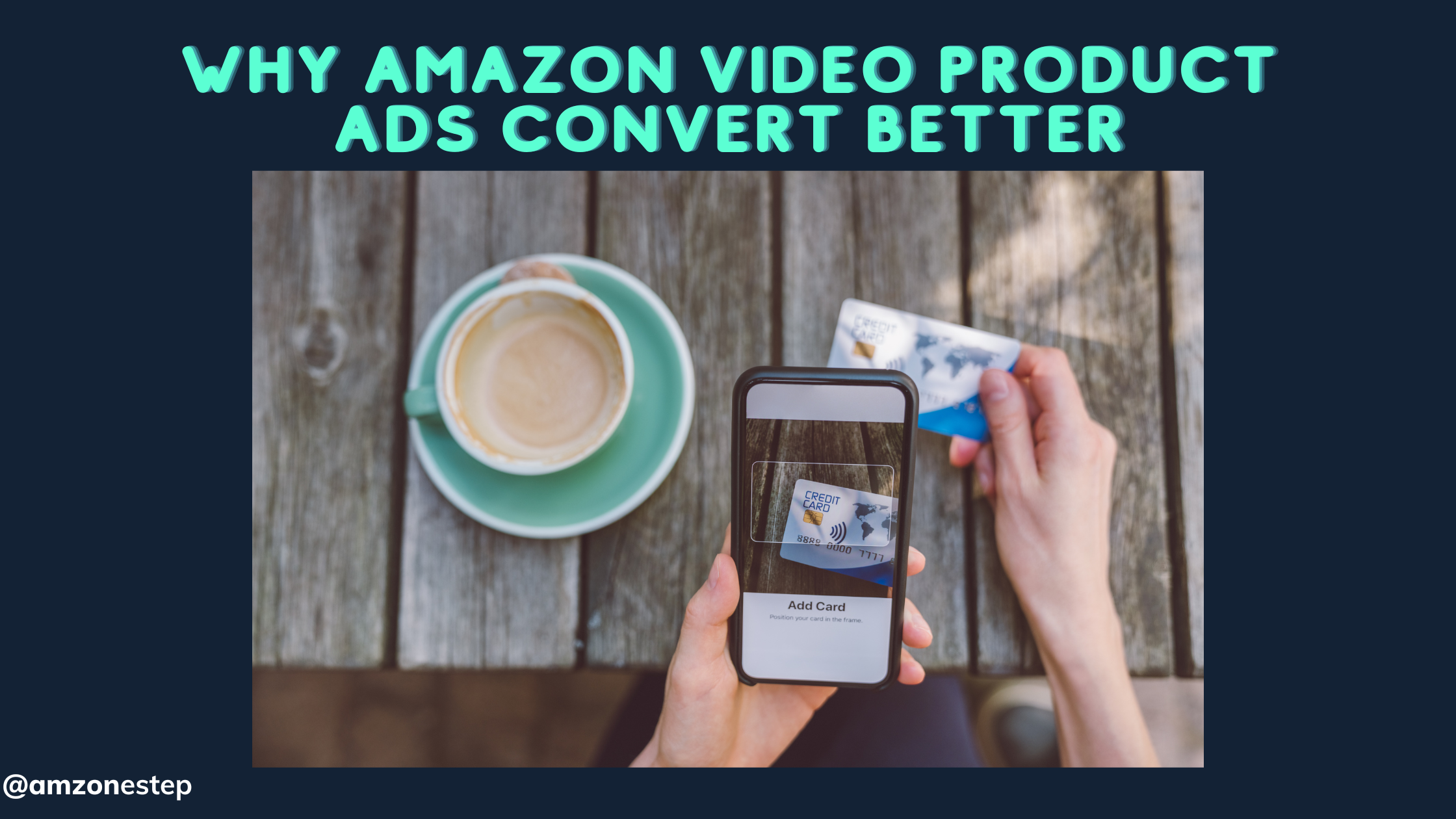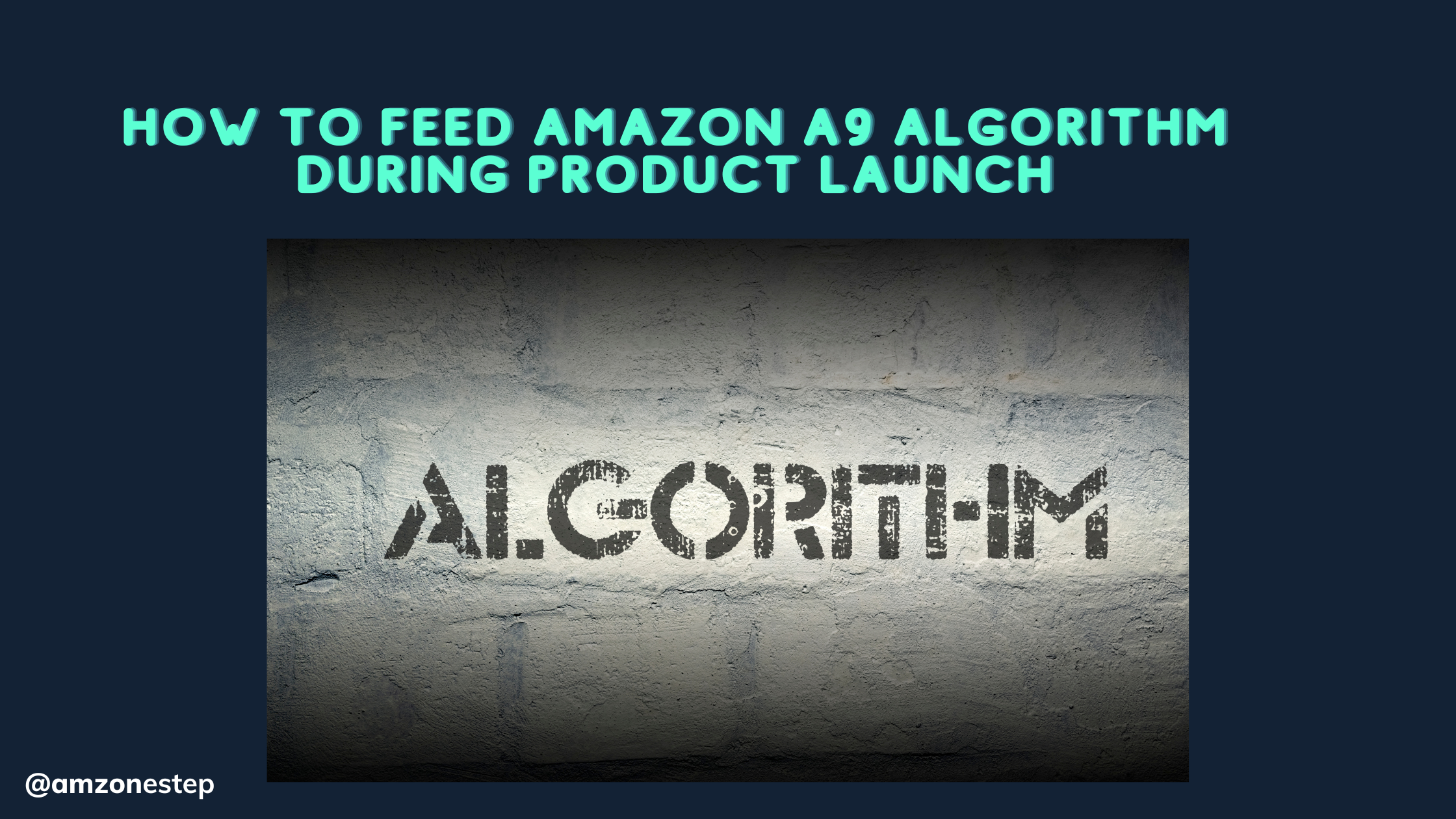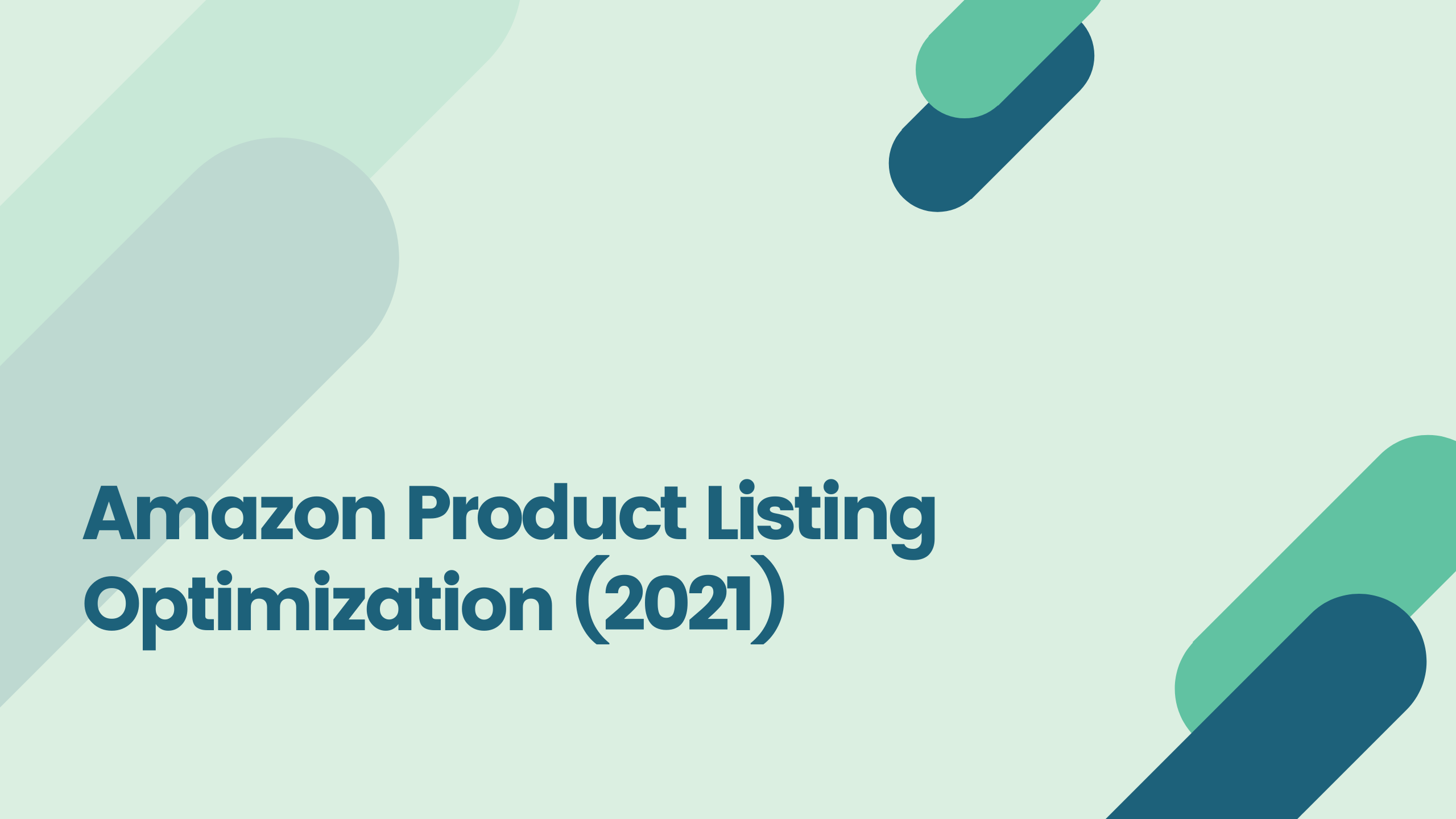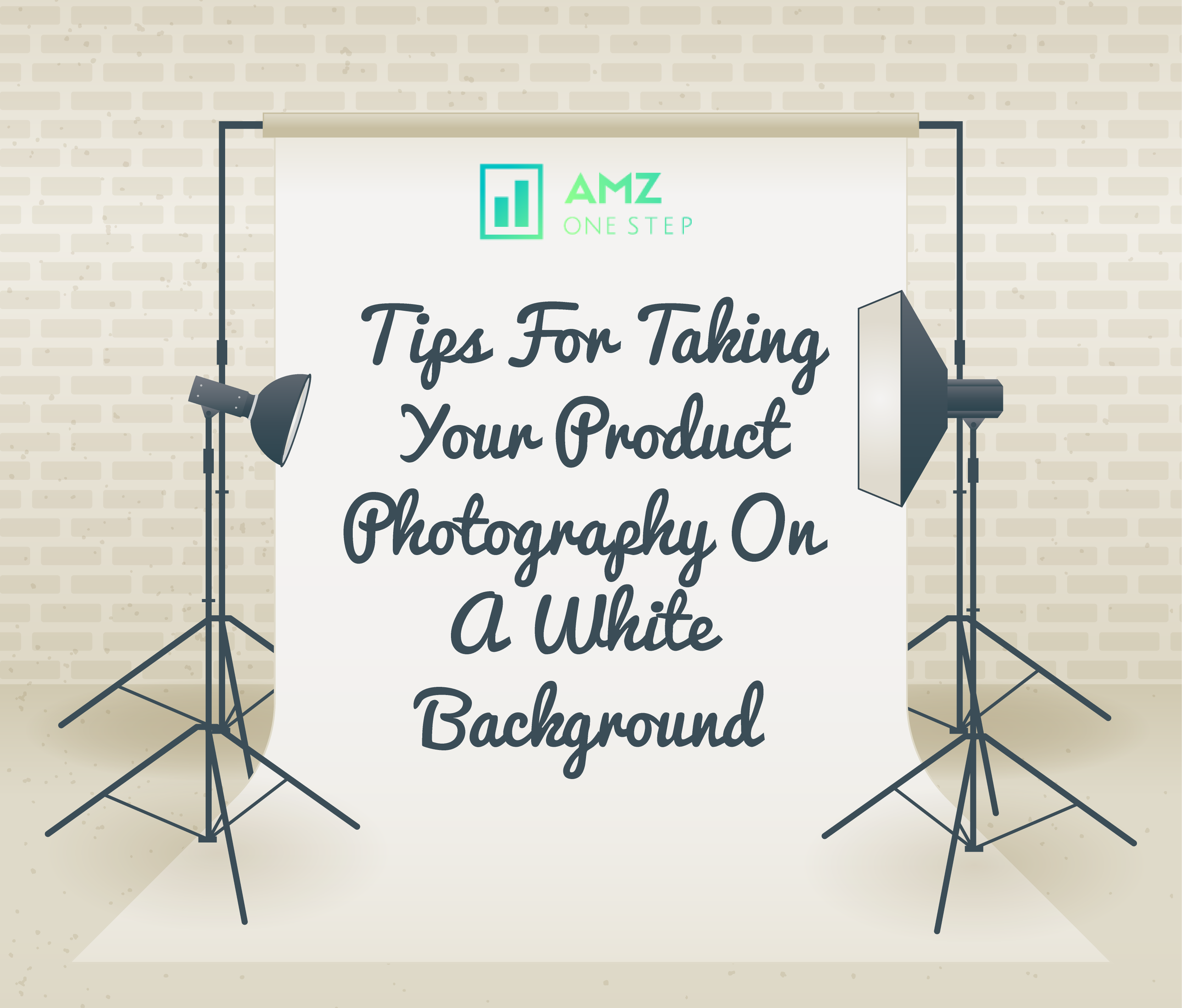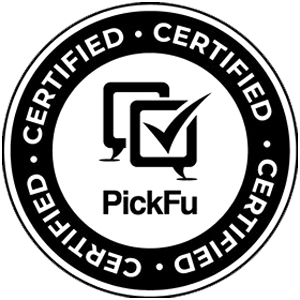The fundamental difference between Vendor Central and Seller Central is who will be selling your products. With Vendor Central, Amazon’s retail team buys and resells your products to their customers. With Seller Central, you are selling directly to Amazon’s customers. There are significant differences between the two, so it’s important to fully understand the potential opportunities and drawbacks with each. Before getting into the nitty-gritty, let’s define Amazon Vendor Central and Amazon Seller Central and give an overview of what each offers.
Vendor Central
Vendor Central is an “Invite Only” service offered by Amazon. Once you are part of the Vendor Central system, your products become “Ships from and sold by Amazon.com”. Instead of selling to shoppers as a merchant, you’re selling to Amazon as a distributor. The program grants you access to A+ content, but you have less control over the price at which your product is being offered. You’re selling inventory to Amazon in bulk, instead of purchasing in bulk and waiting for the shoppers to buy.
Acting as a Vendor Central account helps shoppers to be more comfortable with purchasing the product. A product coming directly from Amazon is more trustworthy than coming from “Company ABC”. You’re also given the opportunity to be a part of Amazon’s Vine Program, offering products at a discount to shoppers. There is a bit more of an advantage in marketing tactics operating off of a Vendor Central account.
Here are the major aspects of Vendor Central:
- Invite only
- Standard payment terms
- Less control over prices
- The potential for larger volume
- Amazon Vine Program, Subscribe & Save, and other marketing programs
Seller Central
Just about anyone can gain a Seller Central account. There are differences between a professional and a non-professional account. For the purpose of the comparison, we’re strictly going to focus on professional Seller Central accounts. Offering the product through Seller Central offers more control over the products themselves. Seller Central accounts also provide extra information by way of inventory and product management. Payouts based on sales are incurred on a normal basis.
Seller Central offers the opportunity to create promotional codes for customers so that you’re able to run independent marketing promotions. You can also communicate with shoppers one on one, should the need arise. You have more control over PPC campaigns and free extensive analytics within your account.
Here are the major aspects of Seller Central:
- Anyone can sell
- Quick payment
- More control over inventory and prices
- The potential for higher margins
- Control over listings & inventory shipments
The Short List
Here’s a side-by-side comparison of the differences between having a Vendor Central and a Seller Central account:
Seller Central
- Open to anyone
- Sell directly to Amazon’s customers
- Flexible logistical options
- Quick payment terms
- Brand controls retail pricing
- Limited advertising options
- Complex sales process
- Enhanced Brand Content
Vendor Central
- Invite only
- Sell to Amazon
- Fixed logistical options
- Traditional payment terms
- Amazon controls retail pricing
- Multiple advertising options
- Traditional sales process
- A+ content
Pros of Amazon Vendor Central
Amazon Vendor Center brings the sellers into its own world.
-
Consumer Trust
People trust Amazon’s Reputation & Prime Logo more than anything. To be sure, it isn’t an hypothesis. Working with Amazon Vendor Central means that you’ll no longer be a third party seller but rather a genuine Amazon Supplier.
On the top of everything, vendor central presents an extremely simple business model as all you have to worry about is shipping your product to the Amazon, while leave the rest for Amazon.
2. Enhanced A+ Content
In the vendor central, you’re eligible to add HTML Content, photos with callouts, comparison charts, bullet points, and videos.
it should be noted that the A+ content is a paid service. It gives you the ability to have more control over your page without going through the customer service.
3. Subscribe & Save
Consumers have household staples sent directly to your home at a discount.
5. Amazon Vine
For marketing and promotions, Vendors are offered great programs like Amazon Vine in which the Amazon sends your product to the top reviewers before it even hit the shelves. Not only these reviews are great to achieve the buyers confidence and get more conversions, but also they are a great ranking signal for the A9 Amazon Ranking Algorithm.
There are number of alternatives for getting reviews on Amazon like FeedbackWhiz
6. Amazon Marketing Services
With seller central, you have the ability to create rich content Ads. (Paid service)
7. Vendor Premium Services
Amazon can merge listings if there are duplicates, variation listing set up, write content for you.
Cons of Amazon Vendor Central
No doubt, vendor central is pretty much ideal for sellers. However, following the strict guidelines of Amazon especially in areas of orders where you have little to no control is what makes it worth criticizing.
-
Limited analytics and reporting
With little to no control on the purchase orders, sellers are left guessing about their sales.
2. Amazon approves All Changes
If you want to change 1 spelling mistake, it will be a long process.
3. Amazon requests inventory
No control on how much inventory will go into Amazon. Requests come from Amazon on Monday and you have a few days to ship no matter how large the order.
4. Turn Around Time
Purchase orders, shipping window, agreements, etc.
6. Amazon sets prices and promotions
If a product is not selling well, they can discount the item and the cost gets passed to you as the seller
7. Non-Compliance Fees
Fees for late shipments, improper shipments, etc.
8. Fees assessed immediately
9. Slow Payment
Sellers have to submit invoices to Amazon to get paid.
Amazon Seller Central Pros
1. Available to anyone
You just need a bank account and address to qualify for the seller central.
2. More Control Over your listing
Amazon Seller central provides a great extend of flexibility and authority to you over your products. Not only you can control the marketing part of your products, but also you can have full access over your pricing.
3. Rich analytics
Perhaps, the biggest advantage of the seller central is the access to enormous amount of insights and data about the performance of your products. As a seller, they are great for making important business decisions.
4. The seller creates shipments
You decide how much product you want to send in
5. Fast Payments (Bi-weekly)
6. Seller Community
forums, Facebook, Reddit, podcasts, webinars, etc.
7. Retail Profit Margins
Set your prices
8. Brand Registry
If you’re not registered, any seller can contribute and possibly change your listing to come up with the best listing
Amazon Seller Central Cons
The downsides of the Seller Central are very much high. As Amazon holds great reputation in the industry which it has earned through years of struggle, sellers finds it difficult to gain sufficient trust of customers which result in low sales. Believe it or not; this is the biggest disadvantage of the Amazon seller central.
- Limited listing details
Compared to the vendor central, listing details are very much limited.
2. No access to vendor programs
Unlike vendor central, you don’t have the leverage of the review game. All you have to do is to provide the best product to the customer while expecting a decent review in return.
3. Only simple PPC Ads
PPC Ads are obsolete in the seller central.
Why Your Decision Matters
“It may be hard to fathom, but over 50% of all online shoppers now use Amazon as the first website they visit when making buying decisions. If brands haven’t created a strategy to reach these shoppers, they’re missing out on a major piece of the e-commerce market. In many ways, Amazon is more important than Google,” notes Economy founder Wes Grudzien.

Hi there! I’m the content marketing and branding specialist for AMZ One Step. I work hard to create engaging and informative content that helps our readers learn more about Amazon selling and how to make the most of their businesses. I love spending time with my family and exploring literary works when I’m not writing or working on projects.

